Cranberry Winter Protection: A Guide To Cranberry Winter Care
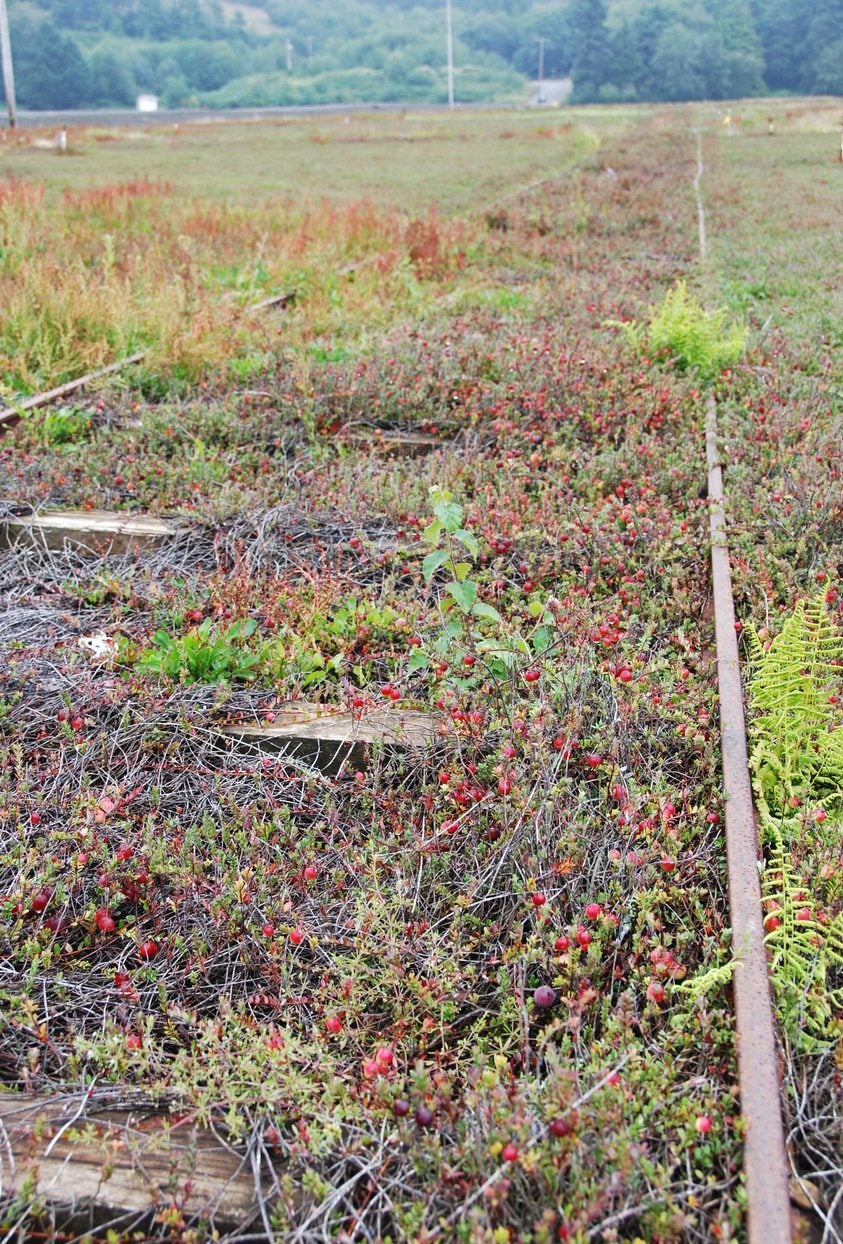

The holidays wouldn't be the same without cranberry sauce. Interestingly, cranberries are harvested in fall, but the plants persist over winter. What happens to cranberries in winter? Cranberries go semi-dormant in their bogs during the cold months of winter. In order to protect plants from the cold and possible heaving, growers typically flood the bogs. Flooding as part of cranberry winter protection is a time honored method of growing these prized berries.
Cranberry Winter Requirements
During a cranberry plant's winter dormancy, the fruiting buds become mature. This makes winter and spring freezes potentially damaging, as they can kill the terminal growth and tender buds. Flooding as a part of cranberry winter care can help protect the roots and fruit buds. There are several other winter processes that occur to help increase cranberry winter hardiness and spring growth. Cranberries are evergreen, perennial plants native to North America. In the regions of major production, frost is a common occurrence during the plant's dormant period and well into spring. Freezing can cause cellular changes in plants and damage them permanently. Creating strategies to protect plants from icy weather will prevent plant loss as well as preserve the future harvest. The plants are produced in depressed beds of peat and sand surrounded by earthen dikes. These allow the beds to be temporarily flooded for fall frost protection and winter flooding to occur naturally. In areas with freezing winter temperatures, the winter floods freeze and form a shielding layer with relatively warmer waters just under the ice layer. This form of cranberry winter care prevents major freeze injury and preserves the plants until spring thaws.
What Happens to Cranberries in Winter?
Cranberry plants go dormant in winter. That means their growth significantly slows and the plant is almost in a hibernation stage. Cell formation is slowed and new shoots and plant material is not actively in process. However, the plant is getting ready to produce new growth as soon as temperatures warm. Winter floods, whether natural or manmade, generally occur in early winter and are a standard part of regular cranberry winter care. All parts of the plant are covered by water, including any vine tips. This deep water covering creates a cocoon of sorts that protects roots as well as plant stems. In very cold regions, the unfrozen water under the ice layer is removed to increase light penetration and reduce oxygen deprivation, which can cause leaf loss and reduce crop yield. Just as with any plant, cranberry winter requirements must include some solar exposure so plants can photosynthesize.
Other Forms of Cranberry Winter Protection
Every three years or so, a process called sanding occurs. This is when sand is applied to the ice layer during winter. It is allowed to melt in with the ice in spring, coating roots and giving new shoots a layer in which to root. Because herbicides and pesticides cannot be added to the flood water in winter, sanding also reduces insect populations and prevents a variety of weeds. It also buries many fungal organisms and stimulates shoot production, increasing productivity of the bog. As daylight hours increase, a change in hormonal levels occurs, stimulating new growth, and cold tolerance in plants reduces. This lessened tolerance can result in cold injury in spring if winter floods are removed too quickly. The whole process is a careful dance of monitoring weather forecasts and making decisions that will affect the success or failure of the crop.
Gardening tips, videos, info and more delivered right to your inbox!
Sign up for the Gardening Know How newsletter today and receive a free copy of our e-book "How to Grow Delicious Tomatoes".

Bonnie Grant is a professional landscaper with a Certification in Urban Gardening. She has been gardening and writing for 15 years. A former professional chef, she has a passion for edible landscaping.
-
 Get Ready For A Summer Of Hummers! Grow These Full Sun Hummingbird Plants and Flowers
Get Ready For A Summer Of Hummers! Grow These Full Sun Hummingbird Plants and FlowersIf you’re lucky enough to enjoy a sunny backyard, make sure you are maxing out on your pollinator opportunities and grow these full sun hummingbird plants and flowers
By Tonya Barnett
-
 12 Lush Alternatives To A Lawn For Sustainable Spaces
12 Lush Alternatives To A Lawn For Sustainable SpacesAlternatives to a lawn are beautiful and also beneficial to your local ecosystem and its pollinators. Explore our top picks for plants to replace grass.
By Tonya Barnett
-
 Growing Cranberries From Cuttings: Tips For Rooting Cranberry Cuttings
Growing Cranberries From Cuttings: Tips For Rooting Cranberry CuttingsRooting cranberry cuttings may require some patience, but for the dedicated gardener, that's half the fun. Interested in trying your own cranberry cutting propagation? Find out how to root cranberry cuttings in this article. Click here for more info.
By Amy Grant
-
Preventing Cranberry Diseases: How To Treat A Sick Cranberry Plant
Cranberries are a quintessentially American fruit that not many people even realize they can grow at home. If you?re one of the lucky few who have cranberries in their garden, odds are you?re very protective of them. Learn how to treat a sick cranberry plant in this article.
By Liz Baessler
-
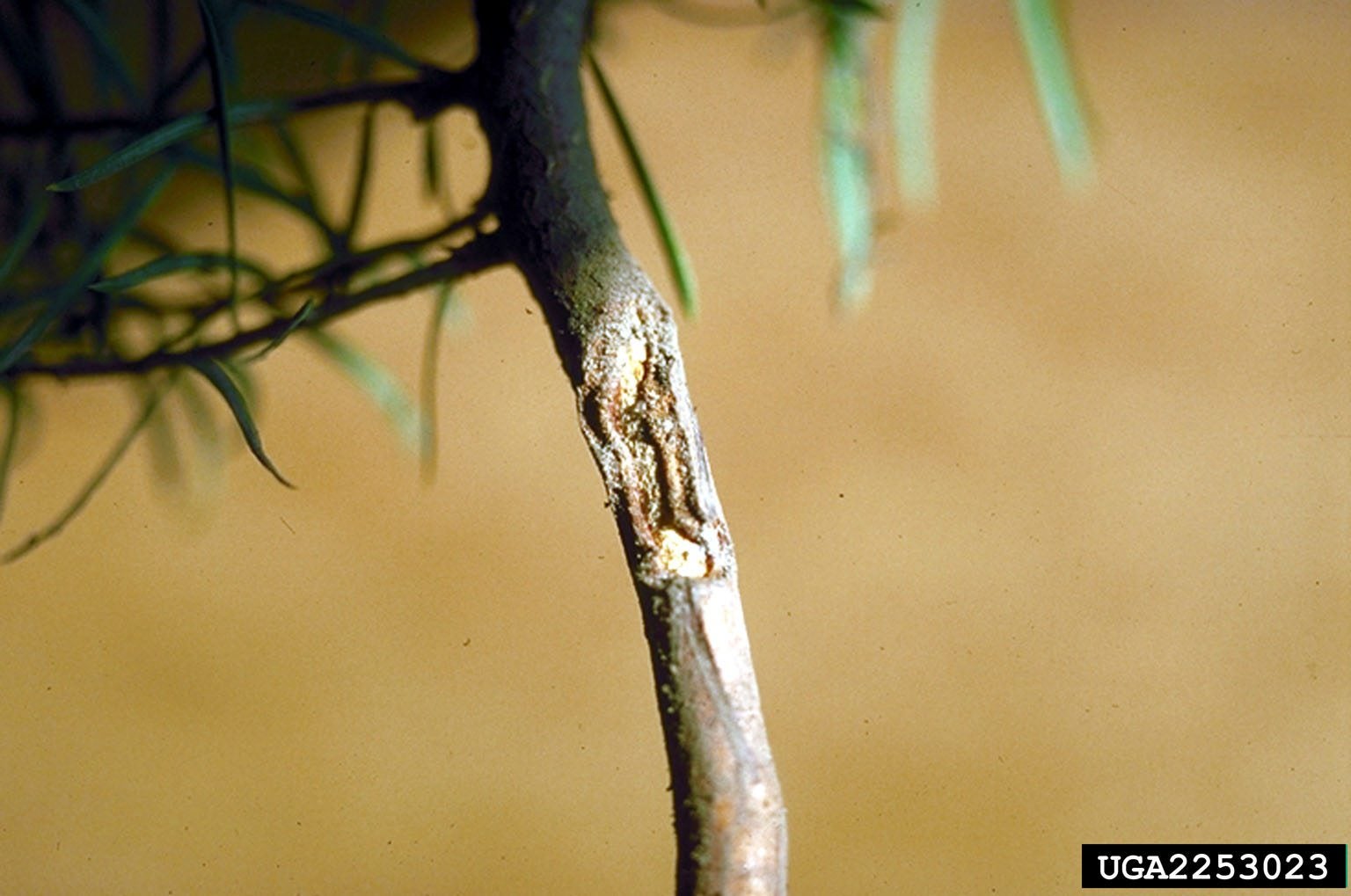 Cranberry Insect Pests: How To Treat Pests On Cranberries
Cranberry Insect Pests: How To Treat Pests On CranberriesCranberries are wonderful fruits that not many people think they can grow at home. If you?re one of the lucky few with your very own cranberry vines, you might be devastated by the sudden invasion of insects. Learn more about cranberry pest management here.
By Liz Baessler
-
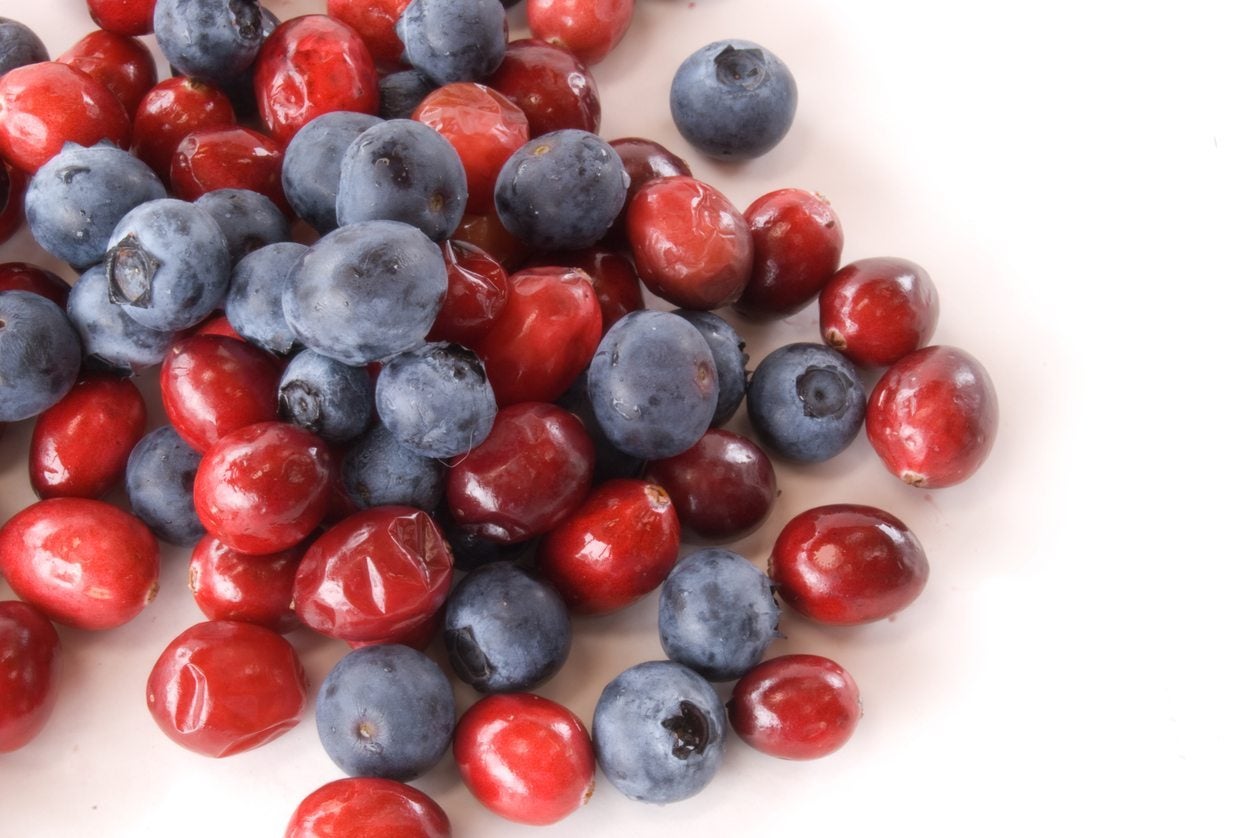 Cranberry Companion Plants: What To Grow Near Cranberries
Cranberry Companion Plants: What To Grow Near CranberriesWhenever you decide to plant anything, you should learn about the plants that are companions to it in order to maximize your plants? performance. This is exactly what I did with my cranberry plants. Click here to learn more about plants that grow well with cranberries.
By Shelley Pierce
-
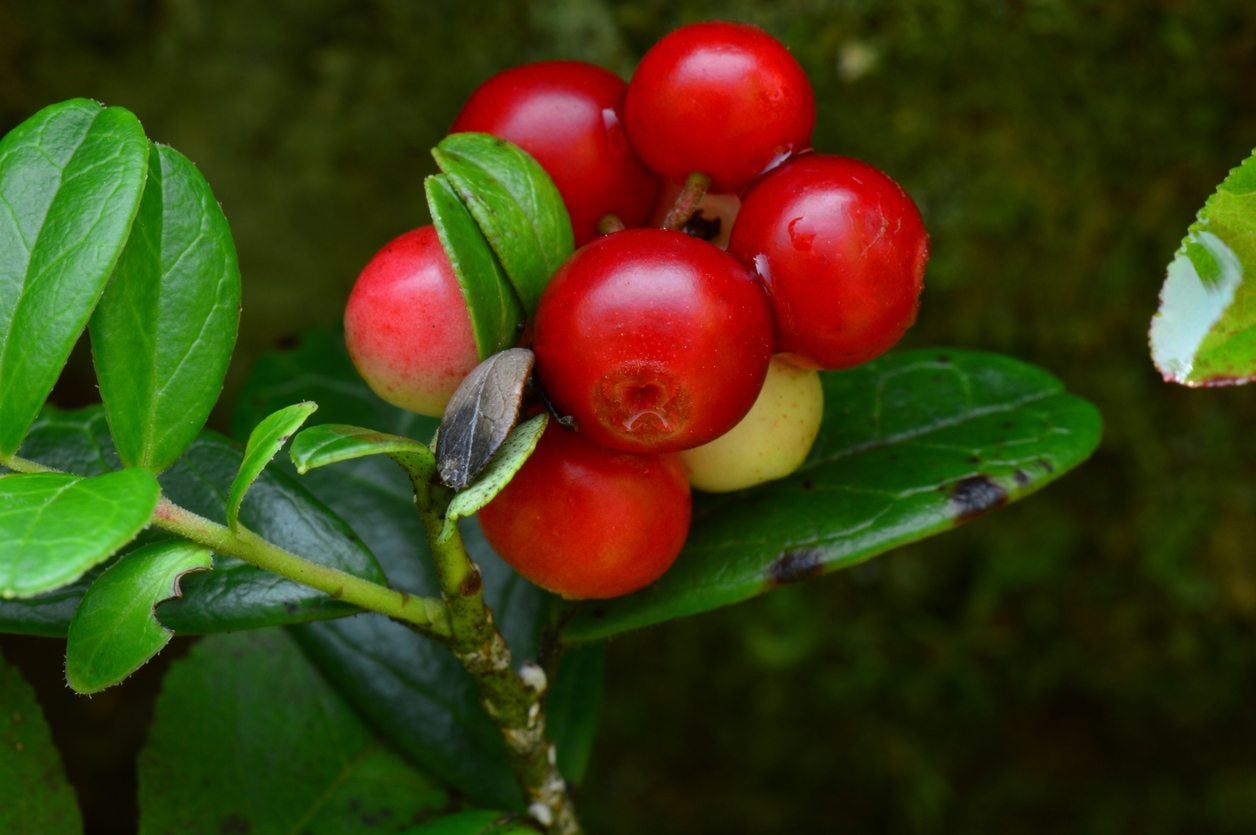 Problems With Cranberries: Common Fixing Cranberry Diseases And Pests
Problems With Cranberries: Common Fixing Cranberry Diseases And PestsIf you?re looking for an unusual addition to your garden this year, cranberries are where it?s at. But before you dive into the bog head first, make sure you read up on some of the most common problems that can affect this sweet tart of a crop. This article will help.
By Kristi Waterworth
-
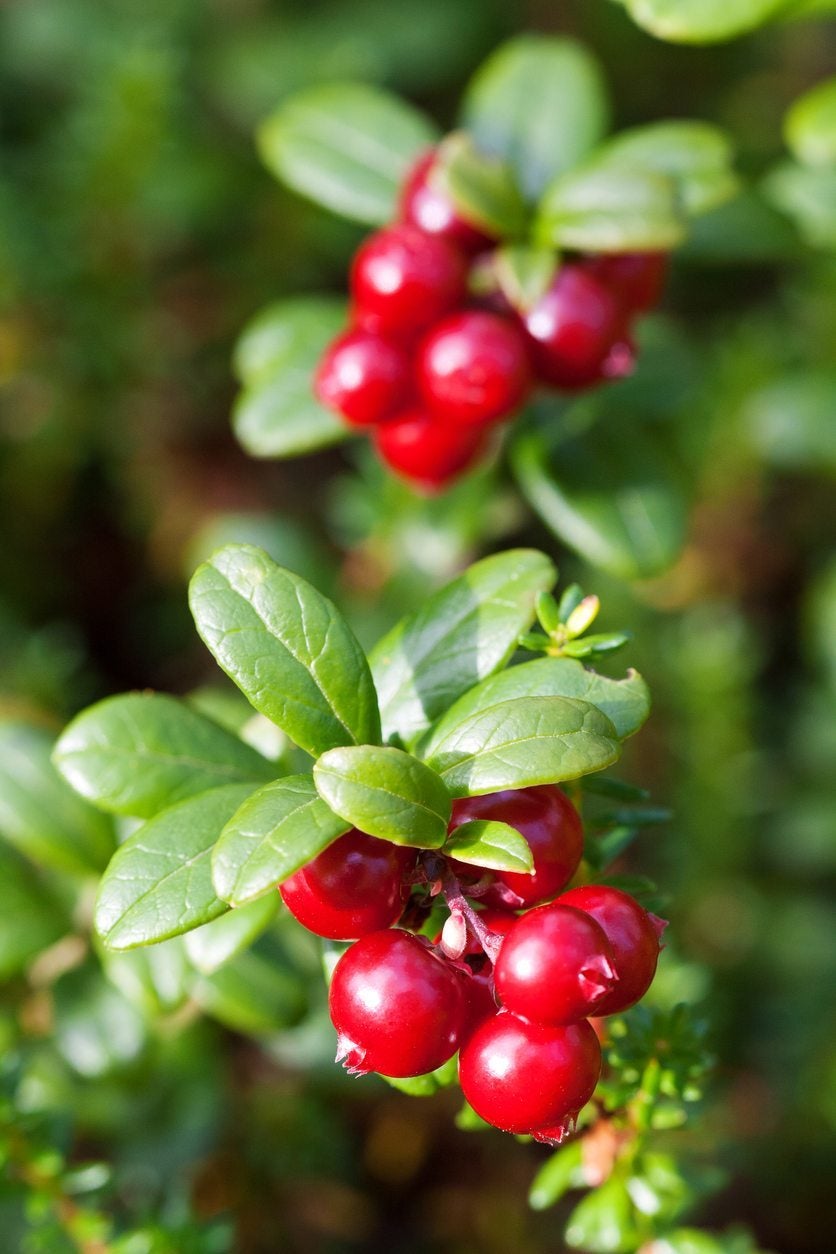 Potted Cranberry Plants – Tips On Growing Cranberries In Containers
Potted Cranberry Plants – Tips On Growing Cranberries In ContainersBerry producing plants like cranberries are now being added to multi-functional container designs. You may be thinking: hold on a minute, potted cranberry plants? Don't cranberries grow in large bogs? In this article, we will discuss growing cranberries in containers.
By Darcy Larum
-
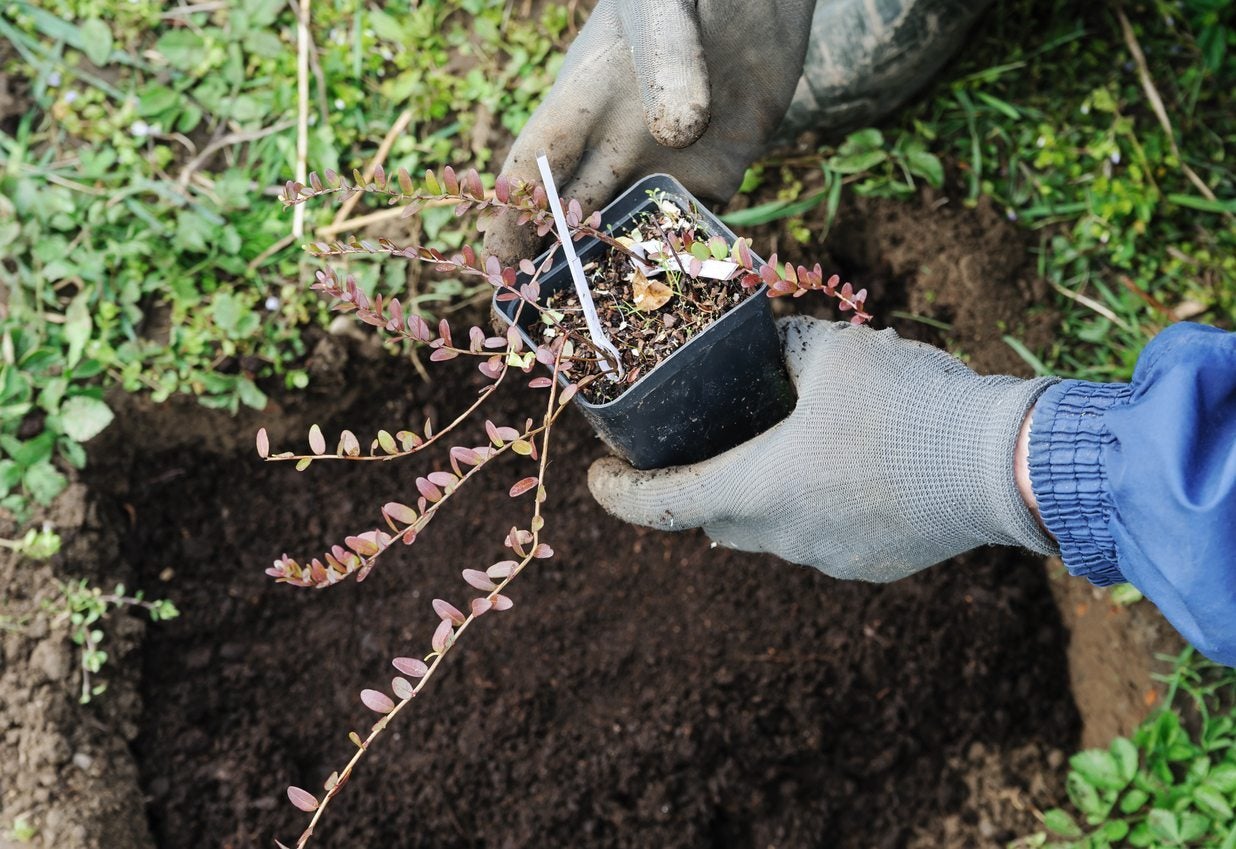 Cranberry Propagation Tips: How To Propagate Cranberries In The Garden
Cranberry Propagation Tips: How To Propagate Cranberries In The GardenHave you ever wondered how to propagate cranberries? If you, too, are interested in cranberry propagation, click on the following article to find out useful information on reproducing cranberries. Learn more here.
By Amy Grant
-
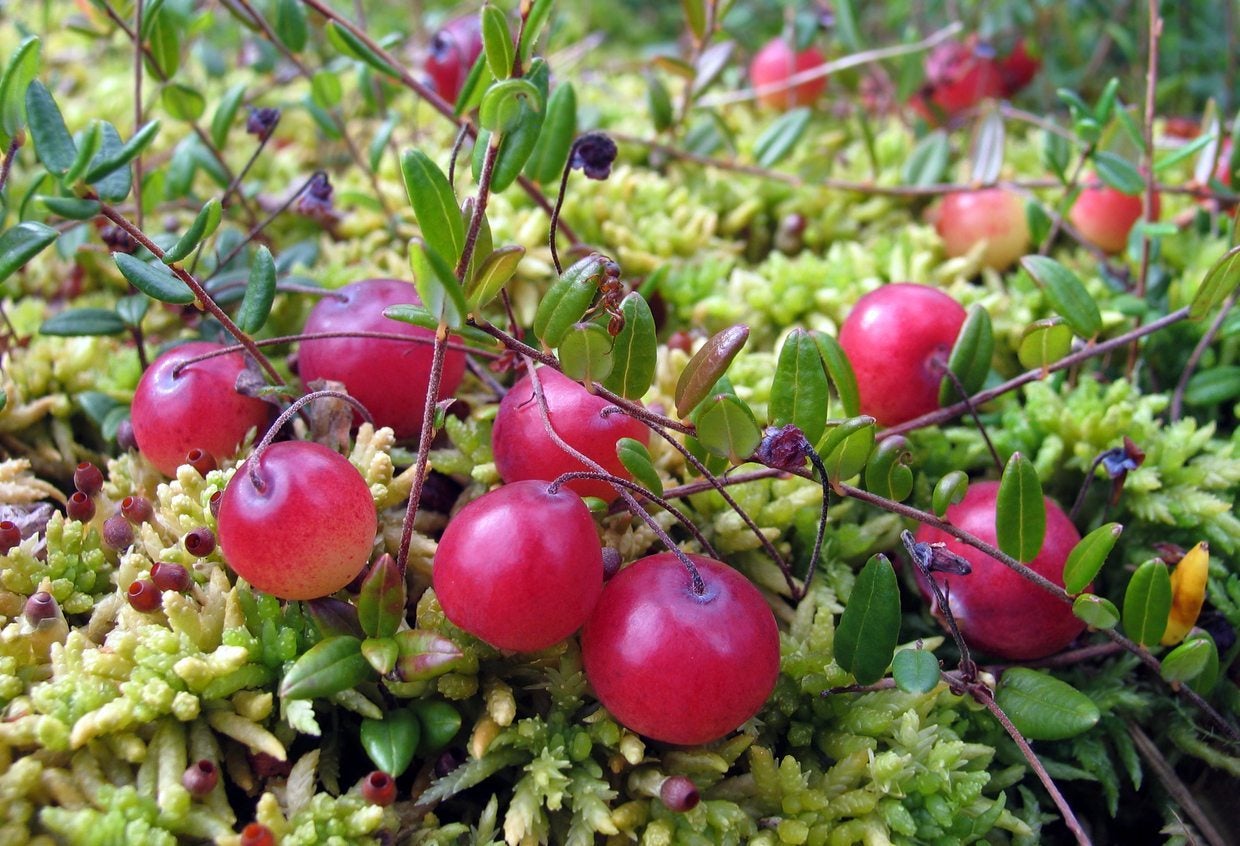 Different Cranberry Varieties: A Guide To Common Types Of Cranberry Plants
Different Cranberry Varieties: A Guide To Common Types Of Cranberry PlantsCranberry season is looked forward to and celebrated from fall into winter. Yet, even cranberry devotees may not know much about this little berry, including different cranberry varieties because, there are several varieties of cranberry. Learn about them here.
By Amy Grant